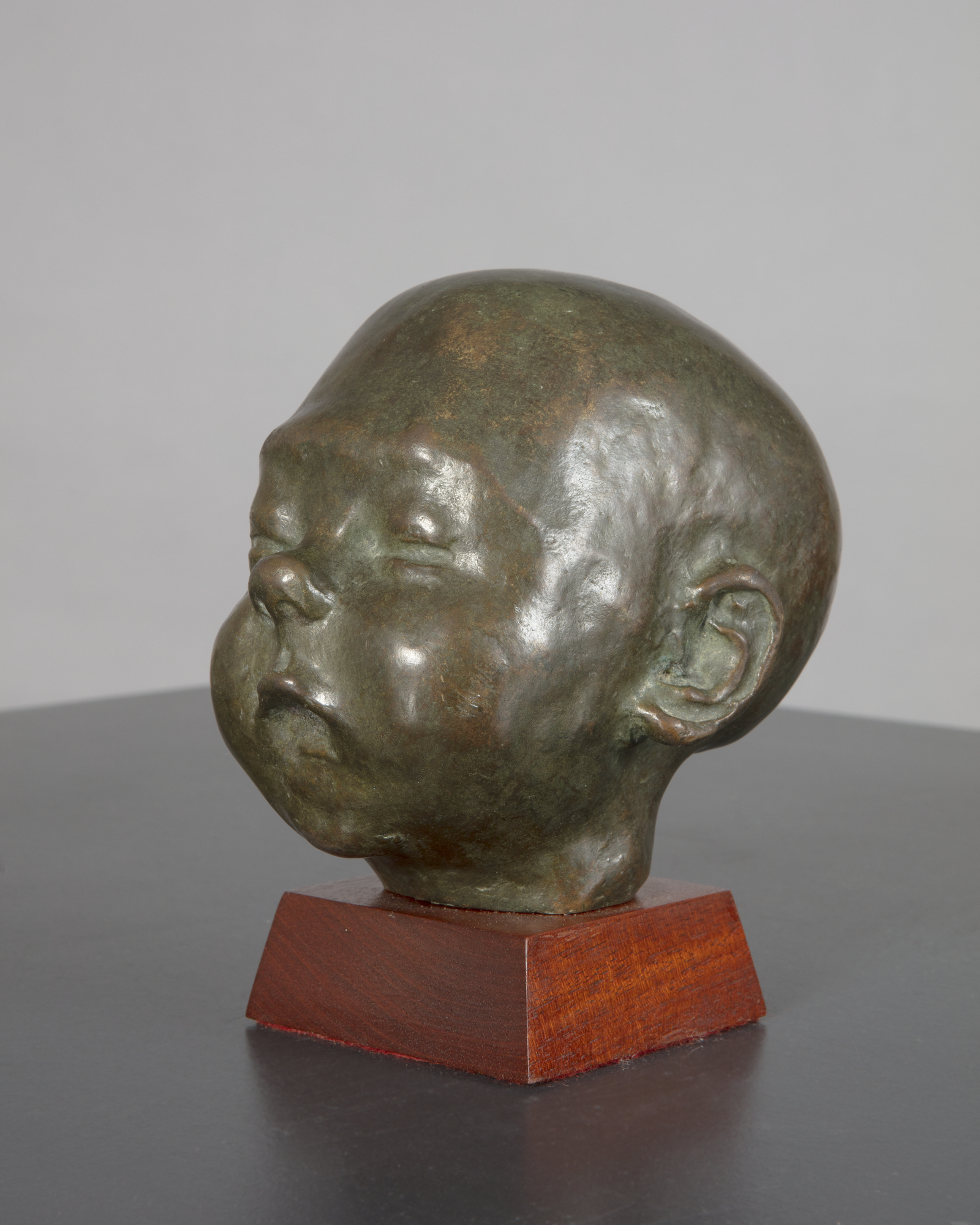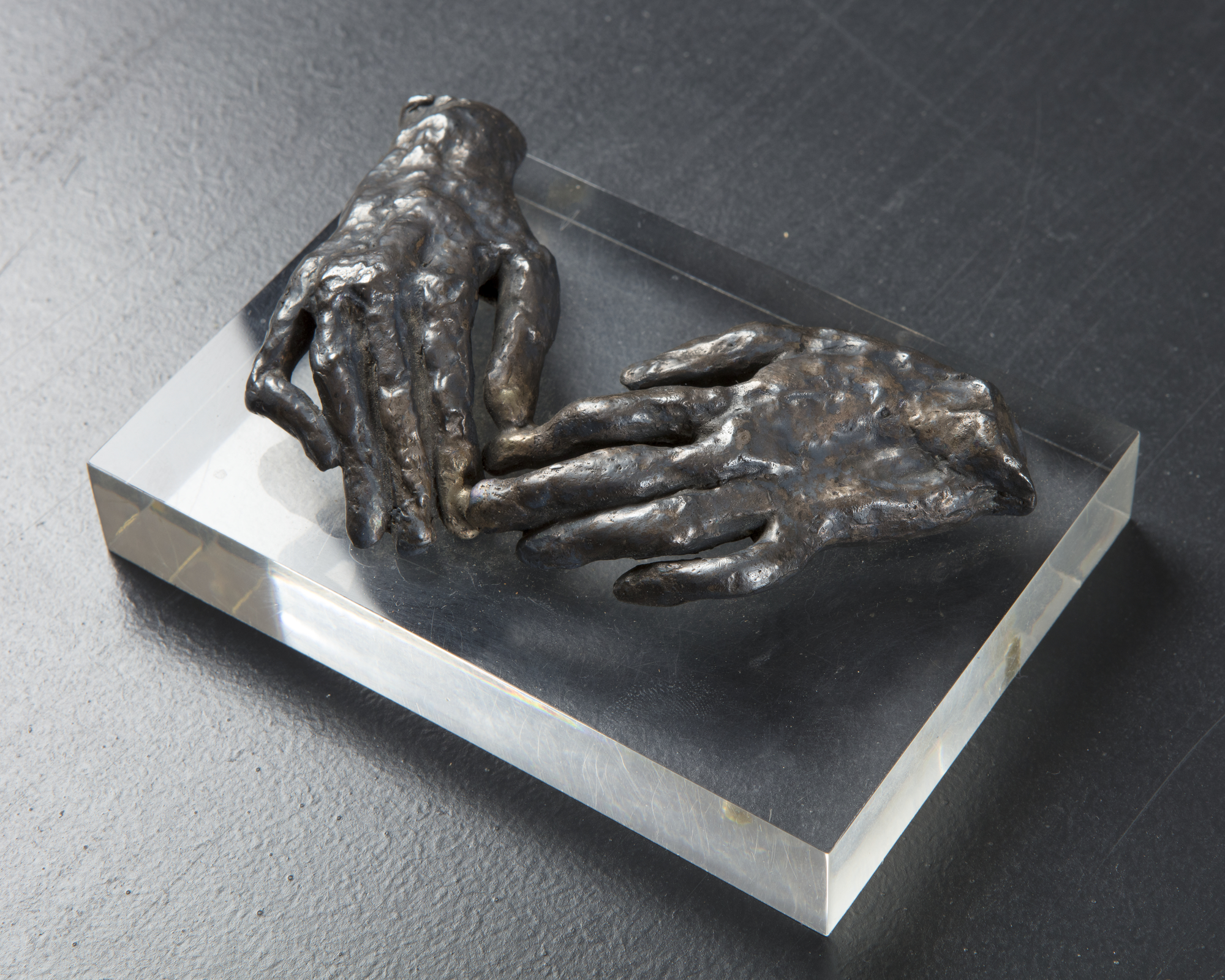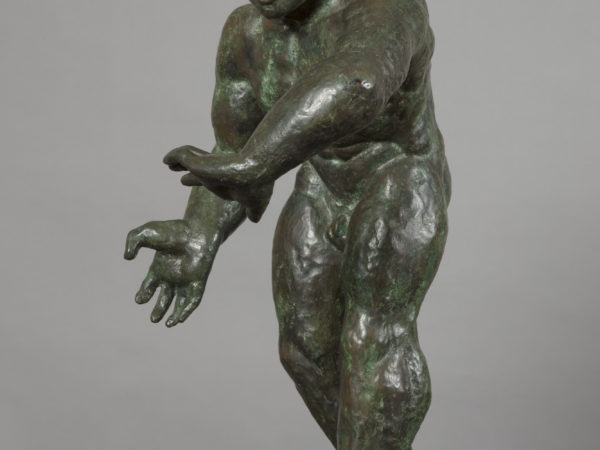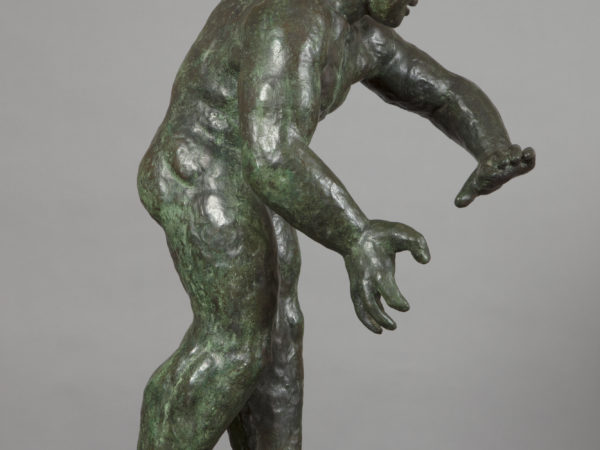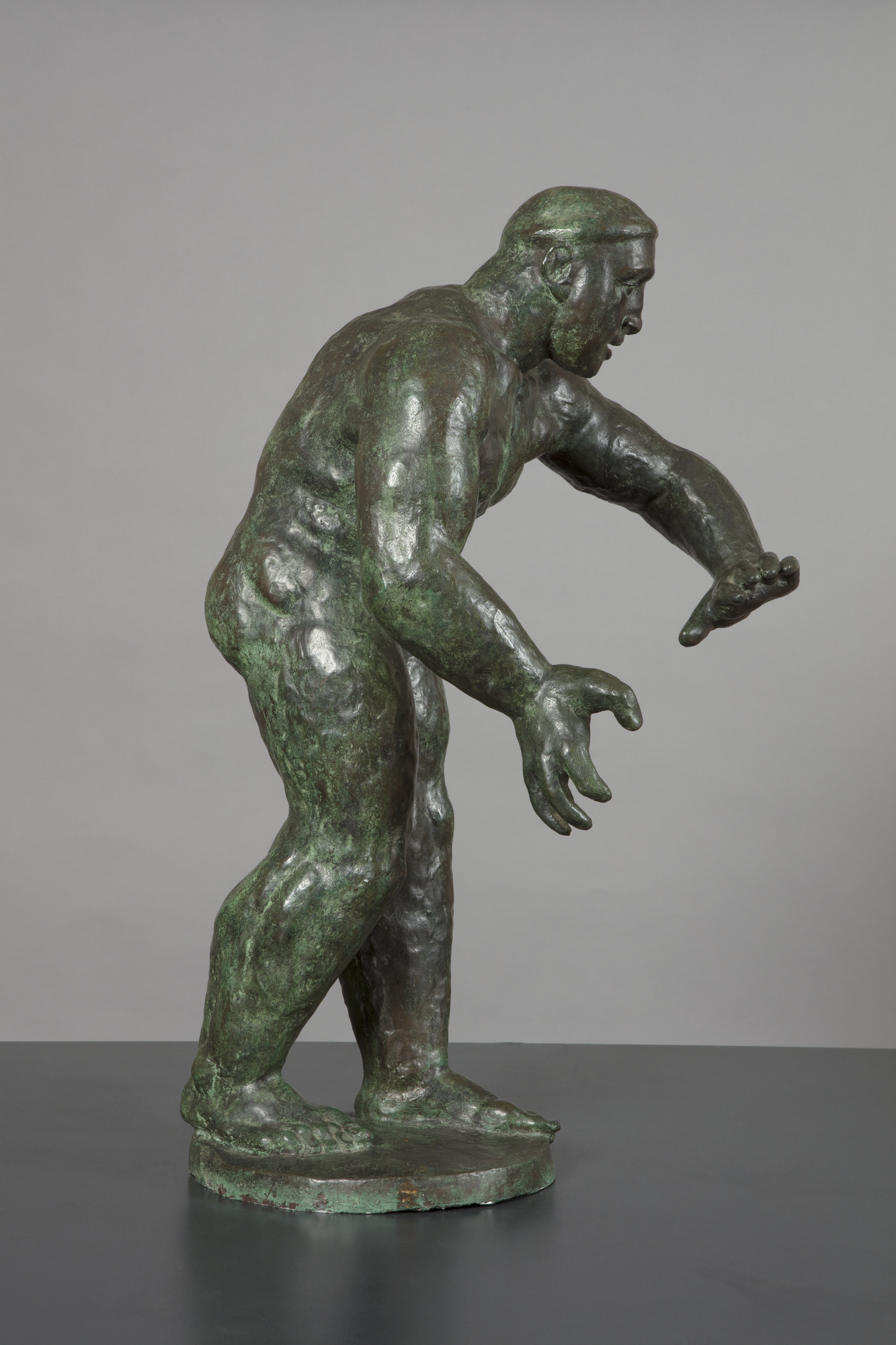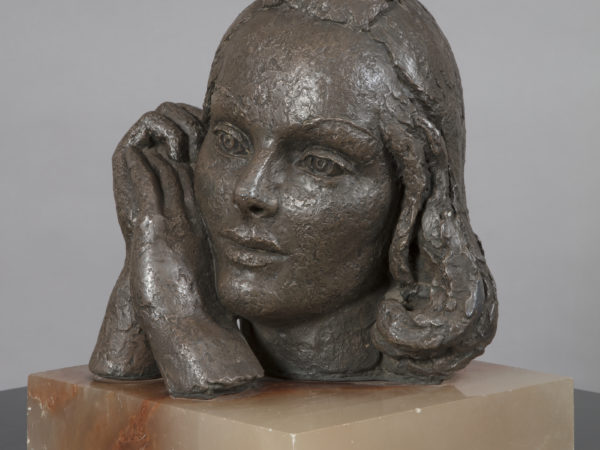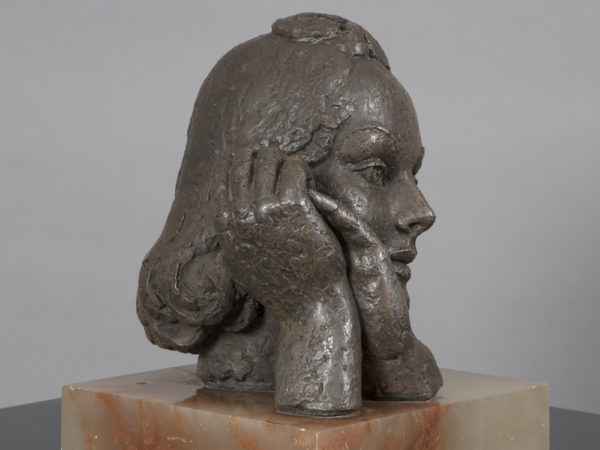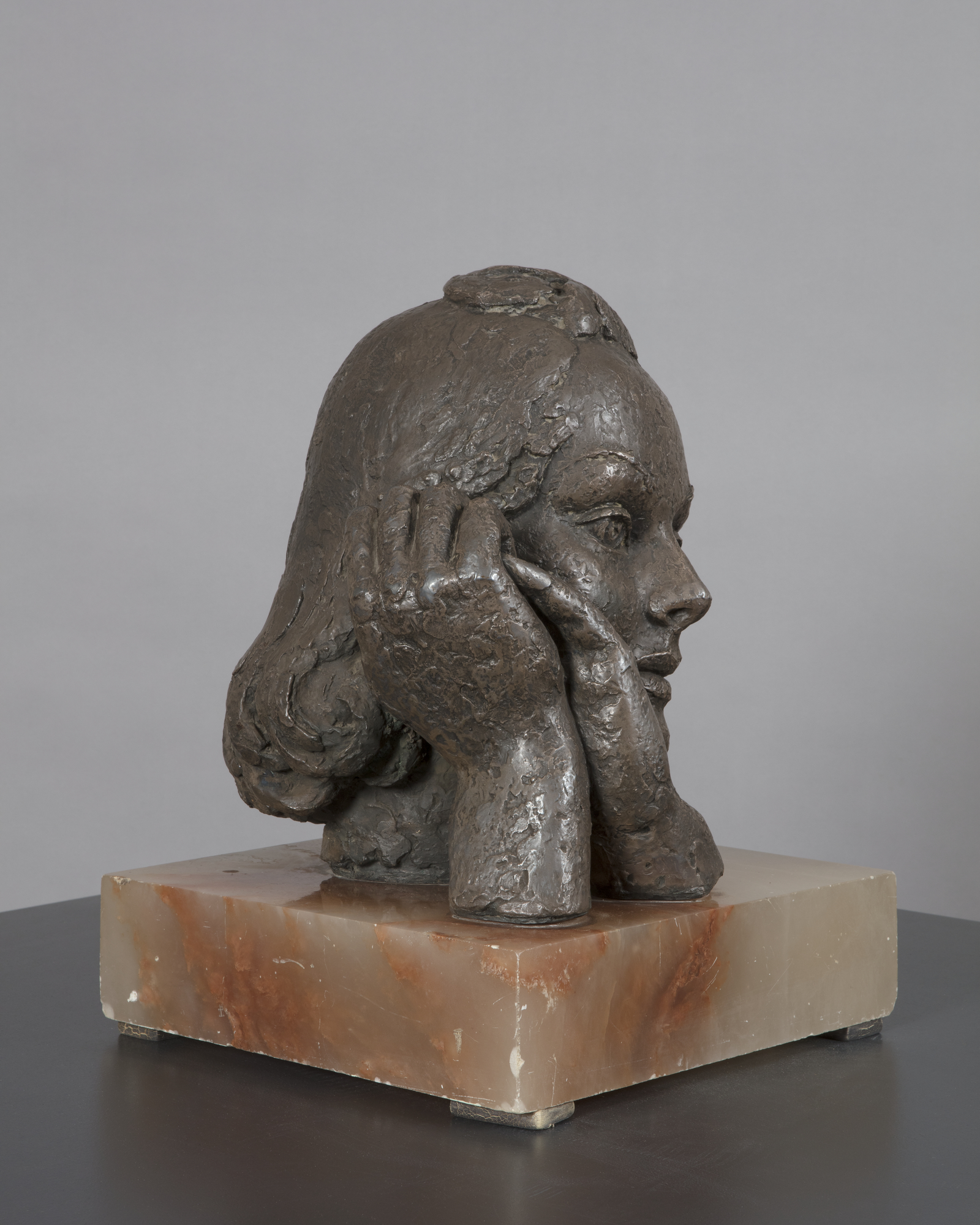Rhythms of life
As I see sculpture it must not be rigid. It must quiver with life…carving often leads to a neglect of the rhythm and flow of life’ Jacob Epstein
Jacob Epstein was originally from New York but came to Britain (via France) and settled here. He was met by the young Frenchman Henri Gaudier-Brzeska. Inspired by Rodin they set about injecting a new energy into the language of sculpture. Or perhaps that language was not so new. Both had a passion for world art. Epstein became a voracious collector of sculpture from Africa, the Middle East and the Pacific.
Each artist adopted what they saw as the directness of these cultural forms for their own sculpture. For Epstein, this led to repeated scandals in the press, most famously with his nude sculptures for the British Medical Association building in London. In his short career Gaudier created a vocabulary of potent human forms. He was killed in World War I. The British Frank Dobson was equally inspired by such artefacts. Borrowings from world cultures shifted modernist sculpture from realism to expressionism.
Image:
The Wrestler, bronze 1912-13, cast 1945
Henri Gaudier-Brzeska (1891-1915)

Jacob Epstein, 1880-1959
‘In the years before and after the (second world) war…while perhaps he was the sculptor most admired by the perceptive, he was undoubtedly the most loathed by the philistines’ Henry Moore
Epstein was born in New York but moved to Paris in 1902 where he met Auguste Rodin (1840-1917) then to London in 1905, settling in England. Having encountered world art in the Parisian museums, he explored the collections at the British Museum and became a passionate collector, incorporating their forms into his own work. In 1907 he was commissioned to carve the decorations for the British Medical Association building in the Strand (now Zimbabwe House). Carved in Portland stone the 18 figures caused a sensation because of their frank nudity. Eventually many of them were mutilated when the Rhodesian Embassy moved into the building.
Jacob Epstein, 1880-1959
Jacob Epstein ©/ The Estate of Sir Jacob Epstein

Sleeping baby, bronze, 1902-04
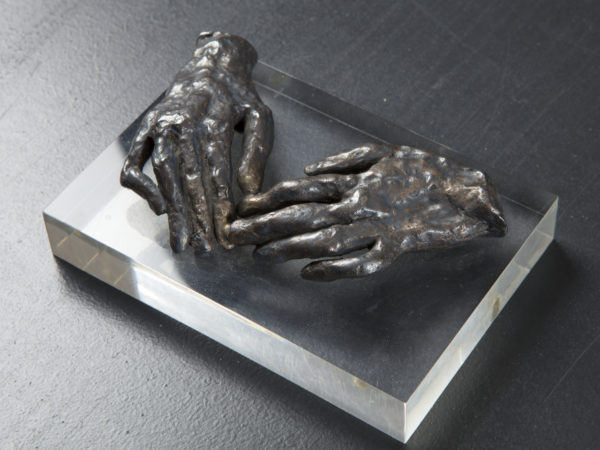
Hands of Nan, bronze, undated
Henri Gaudier-Brzeska, 1891-1915
‘Movement is the translation of life and if art depicts life, movement should move into art, since we are only aware of life because it moves.’
The French-born Gaudier-Brzeska studied business in Bristol and Cardiff, but became an artist and settled in the UK in 1911 with his Polish partner Sophie Brzeska, from whom he took his name. Like Epstein he was captivated by art from Africa, India and China. He was close to Wyndham Lewis, writing for BLAST magazine. He continued to sculpt and draw even after he was enlisted and began fighting during World War I. In 1915 he was killed in action in France. Four works were shown posthumously that year at the London Group show and the first Vorticist show.
Henri Gaudier-Brzeska, 1891-1915
Frank Dobson 1886-1963
‘[Roger Fry’s Post-Impressionism exhibition] awakened me from my enchanted dream…The show…was just an explosion – the demolition of all art forms I had come to know. I was affronted, even hurt, but what a vista!’
Dobson moved in the same modernist circles as Epstein and Gaudier-Brzeska, which included Wyndham Lewis (1882-1957) and also some of the Bloomsbury group. He made the smooth egg-shaped portrait in bronze of Osbert Sitwell (1892-1969). Dobson carved and cast, and was as intrigued by world art as Gaudier and Epstein. His work is characterised by a monumental tubular quality, and he was an admirer of the French sculptor Aristide Maillol (1861-1944). Dobson taught Bernard Meadows and Ralph Brown at the Royal College of Art. His London Pride of two massive female nudes commissioned for the Festival of Britain still sits on London’s South Bank.
